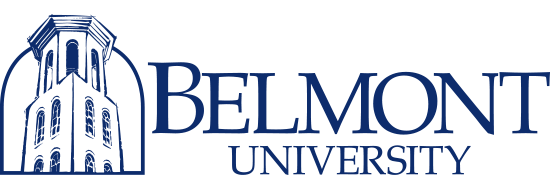
Belmont University Research Symposium (BURS)
Analysis of the Correlation Between Anthocyanin Concentration and Antioxidative Capacity in Different Forms of Tart Cherry
Publication Date
2023
College
Sciences and Mathematics, College of
Department
Chemistry and Physics, Department of
BURS Faculty Advisor
Dr. Kimberlee Entsminger
Presentation Type
Oral Presentation
Abstract
Gout is a crystal arthropathy characterized by uric acid in the blood forming monosodium urate crystal deposits in joints. Tart cherry consumption is a known effective treatment for the oxidative stress caused by uric acid. This effectiveness is due to polyphenols in tart cherries acting as an antioxidant and quenching free radicals. Anthocyanins are the polyphenol responsible for the pigment of tart cherries. Although previous research indicated anthocyanin concentration, antioxidative effects and their correlation, there is not much research quantifying that correlation using different forms of tart cherries. In this research, the correlation between anthocyanin concentration and antioxidative capacity was investigated using tart cherry juice, concentrate, canned tart cherries, and dried tart cherries. Acetic acid acidified water was used for a greener extraction. Each form of tart cherry in acidified water was agitated using a shaker, a centrifuge, or a sonicator to help extraction. Anthocyanins in each form were quantified using the spectrophotometric pH differential method. These samples were used in a TEAC (trolox equivalent antioxidant capacity) assay to determine antioxidative capacity. Preliminary statistical data suggests a positive correlation between anthocyanin concentration and antioxidant capacity, with the highest benefits coming from tart cherry concentrate and dried tart cherries.
Recommended Citation
Haynes, Alexandria P. and Entsminger, Dr. Kimberlee, "Analysis of the Correlation Between Anthocyanin Concentration and Antioxidative Capacity in Different Forms of Tart Cherry" (2023). Belmont University Research Symposium (BURS). 193.
https://repository.belmont.edu/burs/193


